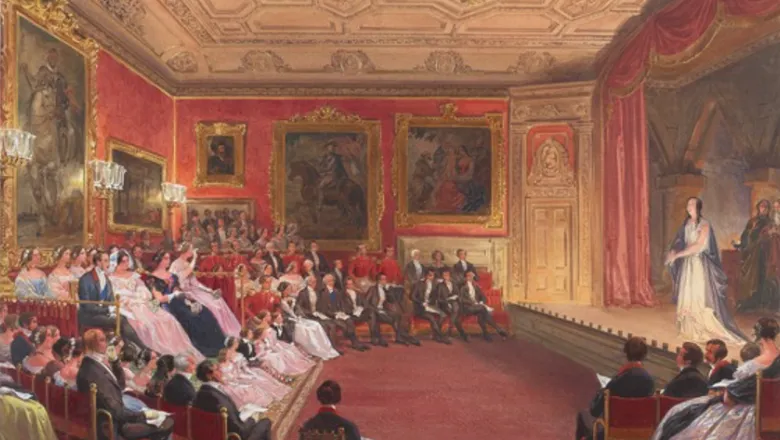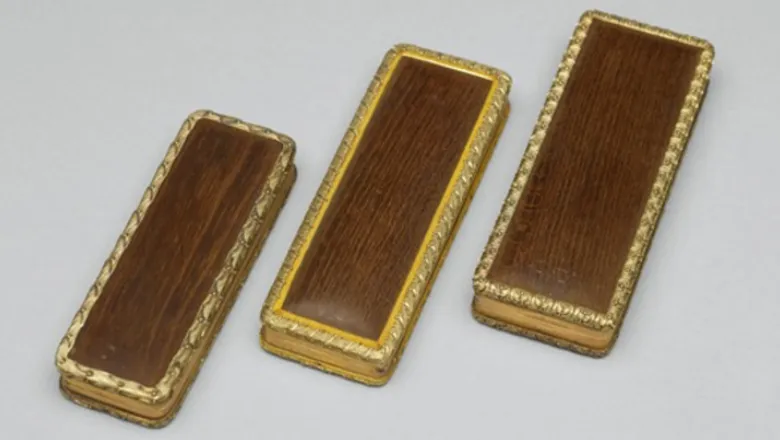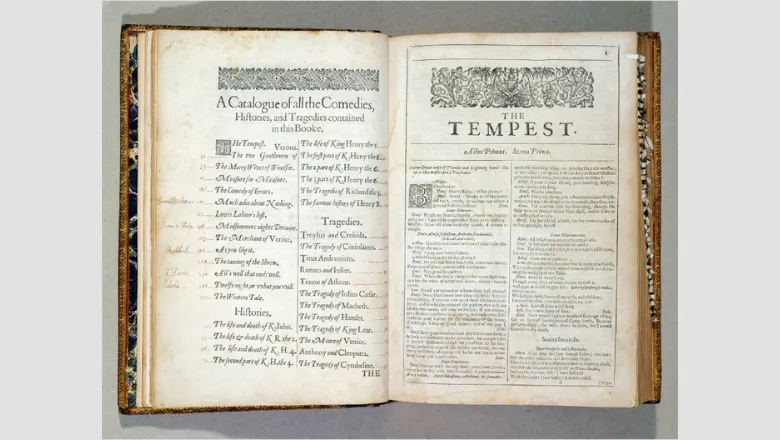The objects addressed offer a unique slice through the Royal Collection – they include books, decorative art objects, paintings, prints, drawings, photographs and archival documents – and together provide an unprecedented account of the Collection as a whole, ranging far more widely than is typically the case with publications about the Royal Collection, which tend to focus only on the best-known items.
Professor Gordon McMullan, Professor of English
08 May 2025
Royal family benefitted from connection to Shakespeare's legacy, says new book
Research reveals how connections between Shakespeare and the British royal family have positively contributed to the evolution of both institutions.

Shakespeare’s Afterlife in the Royal Collection: Dynasty, Ideology and National Culture (Oxford University Press, 2025) reveals the mutual interdependence of the royal family and the Shakespearean afterlife through analysis of Shakespeare-related items in the Royal Collection.
Objects discussed include: a Shakespeare Second Folio of 1632 with holograph annotations made by Charles I before his execution in 1649; a set of toothpick boxes commissioned by George IV made, supposedly, from wood taken from the mulberry tree in Stratford-upon-Avon believed to have been planted by Shakespeare; and a watercolour by Louis Haghe showing Queen Victoria attending a performance of Macbeth at Windsor Castle in 1853.

The book is edited by Dr Sally Barnden (former postdoctoral research associate at King’s), Professor Gordon McMullan (Professor of English at King’s), Professor Kate Retford (Birkbeck, University of London) and Dr Kirsten Tambling (former postdoctoral research associate at King’s).
Between the early eighteenth and late twentieth centuries, Shakespeare became both established and entrenched as the English national poet; over the same period, the royal family sought repeatedly to legitimate itself and demonstrate its centrality to British, and specifically English, nationhood.
This book shows just how closely interwoven the royal family and the Shakespearean afterlife became over time. The twenty-three essays mark the extent to which each has gained sustained value from association with the other and show how members of the royal family individually and collectively constructed their identities and performed their roles through Shakespearean models.
Each essay is inspired by an object in (or formerly in) the Royal Collection, drawing together work from history of art, theatre history, literary criticism, literary history and cultural history – demonstrating how the shared history of Shakespeare and the royal family has been cultivated across media and across disciplines.

The volume culminates from the grant project, Shakespeare in the Royal Collection (SHaRC) led by Professor McMullan, which was funded by an Arts & Humanities Research Council grant between 2018-2022. Through collaboration between King’s College London, Birkbeck University of London and the Royal Collection Trust (RCT), the project aimed to answer: what has Shakespeare done for the royal family? And what has the royal family done for Shakespeare?
The ShaRC project (as we couldn’t resist calling it) has transformed understanding not only of the Shakespeare holdings in the Royal Collection but of the Collection as a whole, with its unique mixture of targeted purchases, inadvertent acquisitions and diplomatic gifts – a fascinating variety of objects that both showcase the tastes of generations of royals and show the extent to which they have, over time, shaped their identities by way of Shakespeare.
Professor Gordon McMullan, Professor of English
For the ShARC project, King’s Digital Lab provided a custom-built website to create and store rich metadata records for each individual object. The public part of the site was designed to offer users a variety of ways to browse and search for objects, while the individual object records display all the information about the object and provide detailed notes from the editors.
The site also makes available a feature highlighting some themes which each link together a number of the Royal Collection's Shakespeare-related objects, a timeline of the objects, and an online exhibition developed by the editorial team in partnership with the digital agency CogApp.
Shakespeare’s Afterlife in the Royal Collection is dedicated to the memory of Arthur Burns, former Professor of History at King’s, whose essay on George III and Shakespeare’s King Lear is a highlight of the volume.

